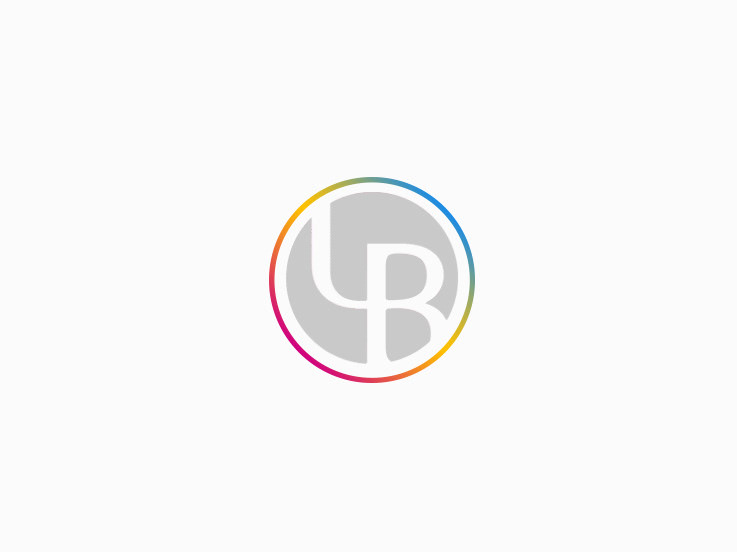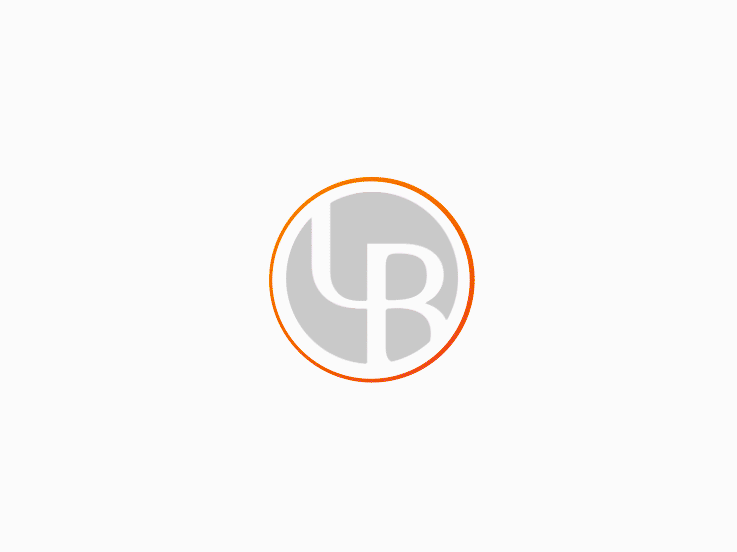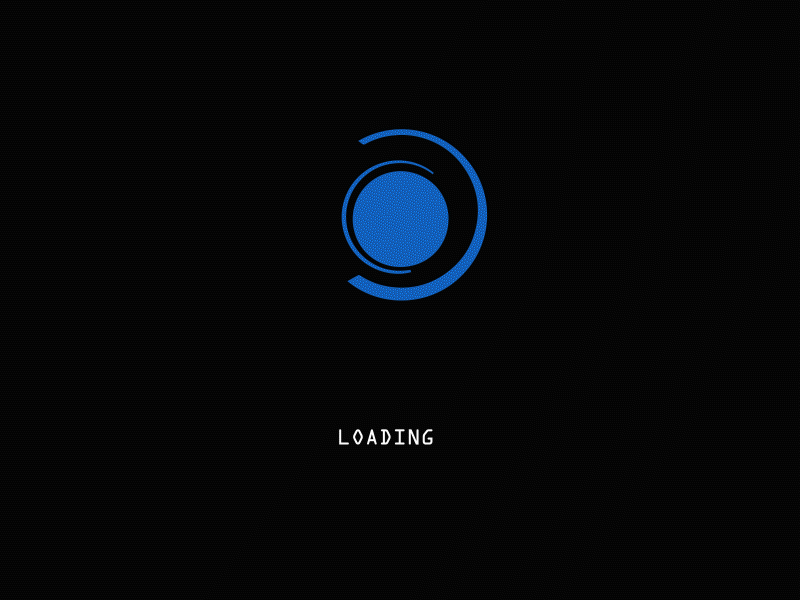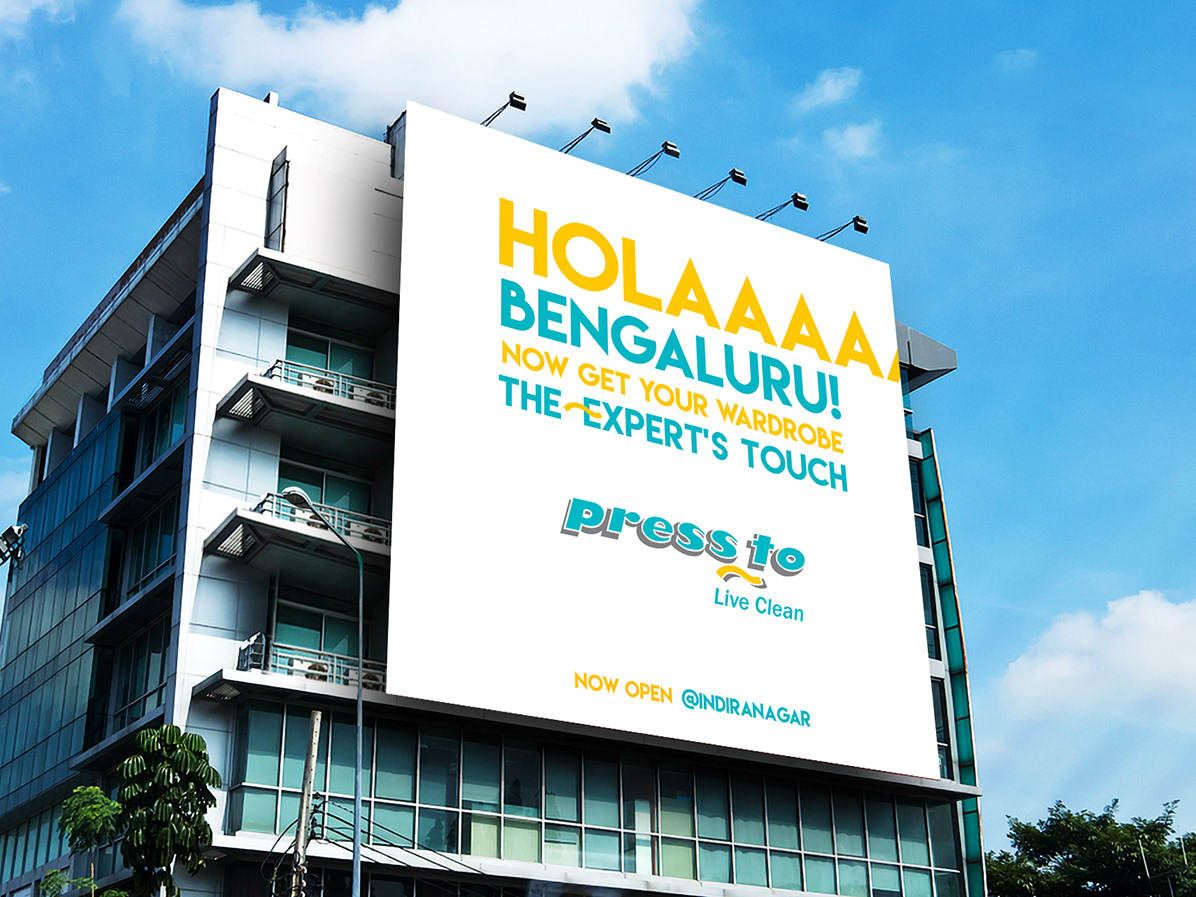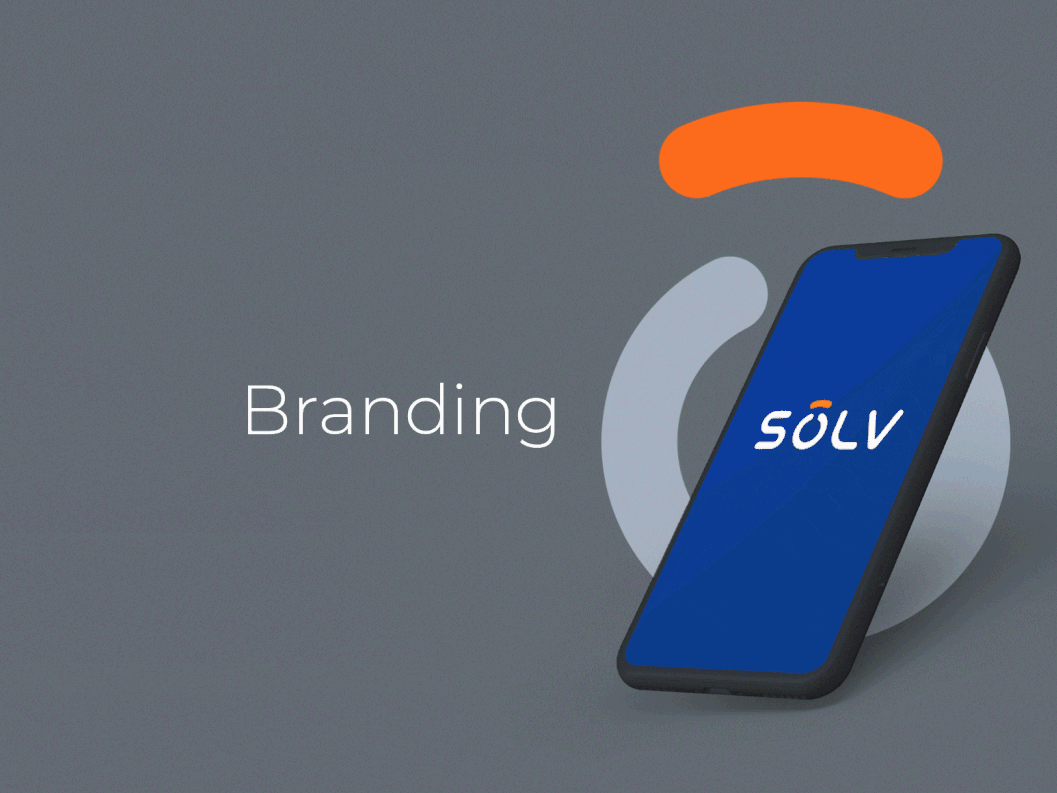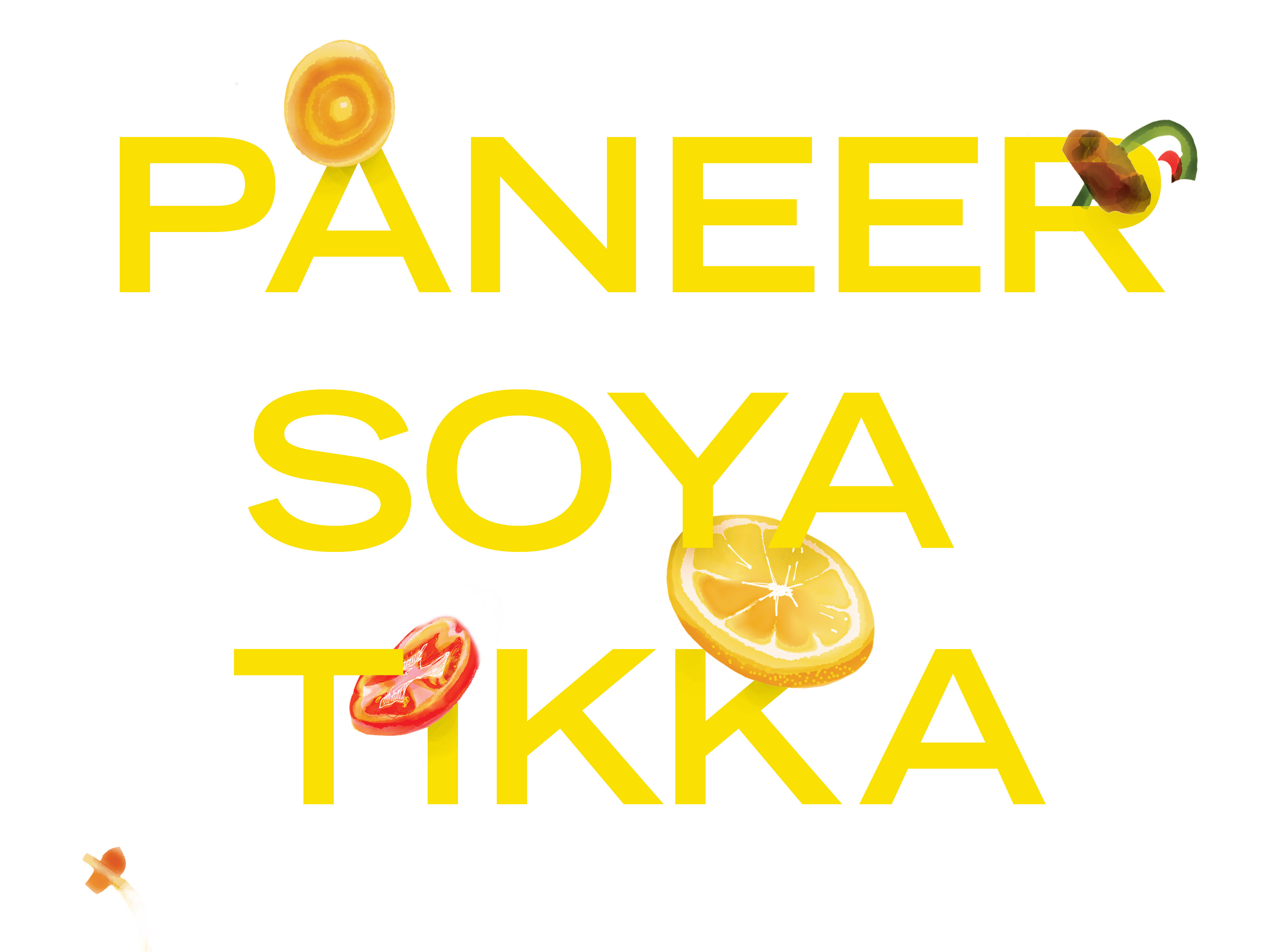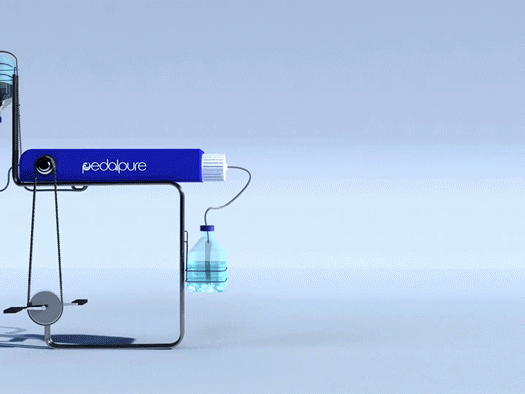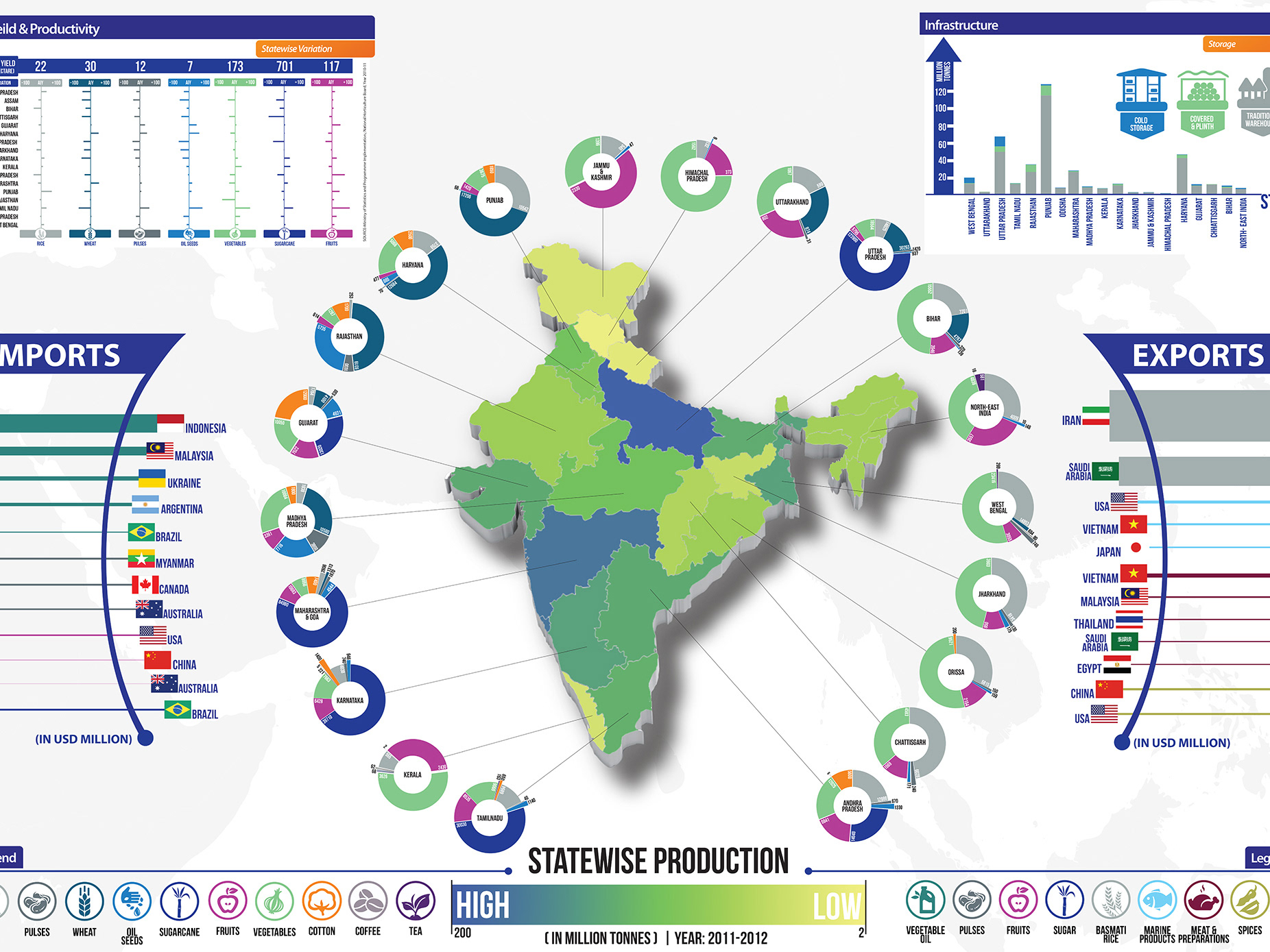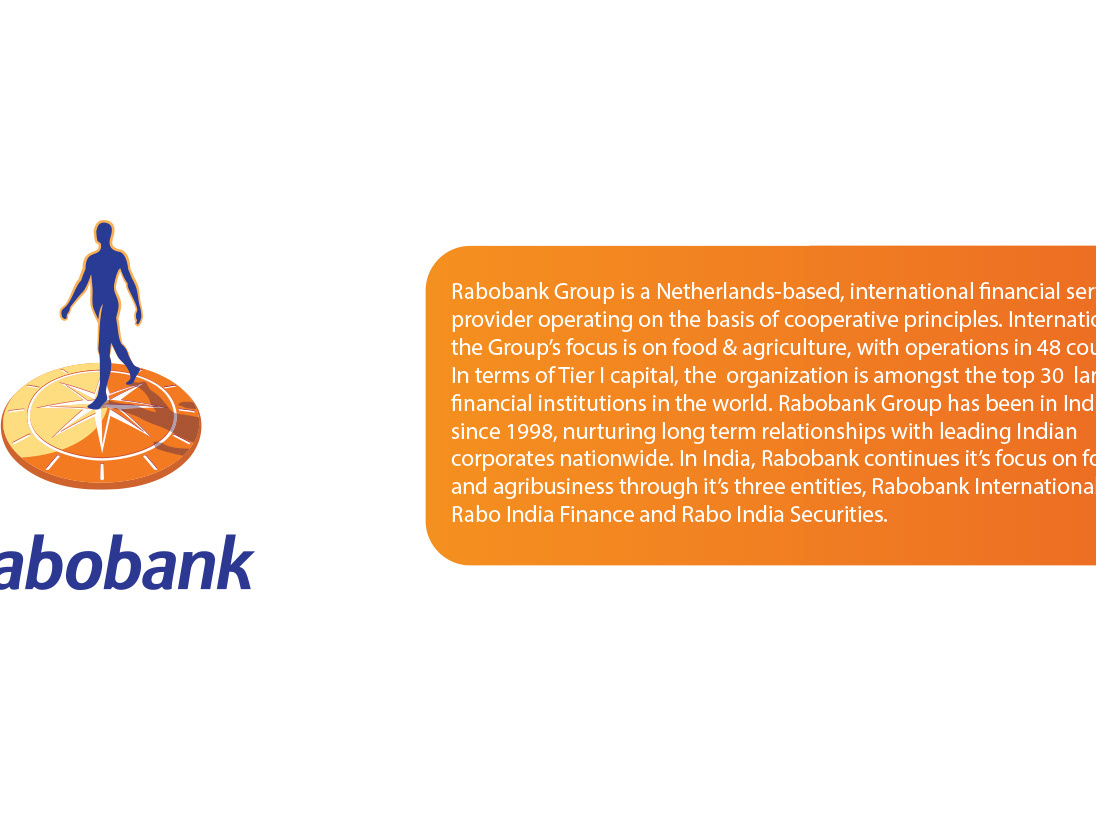OVERVIEW
As a part of its Internal and External Rebranding Project Asian Heart Institute commissioned an extensive Way-finding Identification system for its seven-floor hospital located at BKC, Mumbai. An elaborate process of identification and nomenclature of hospital floors and areas , were done working with the hospital management, visitors, patients, doctors and architects. The nomenclature was done both in vernacular ( Hindi) and English, thus creating a system of easy identification system throughout the building that is seamless in experience.
NOMENCLATURE AND IDENTIFICATIONS
Library of identification system developed to be used across, with departments colour coded as
Green- All Public Facing areas,
Dark Blue- Restricted and Staff use only
Red- All Emergency & Mandatory Instructions.
Over 115 distinct functional areas, were developed as per the users - the hospital staffs & Patients and visitors.
SIGNAGE SYSTEMS
Wireframe evolution of Signage system in accordance with luminosity contrast ratio and font readability tests.
A wide variety of signage systems were used across the seven floor hospital premises with use of permanent signages
as well use of digital signage system across all floors.
FLOOR NAVIGATIONAL SIGNAGES
SELF-HELP Kiosk UI Design.
A self-helf Kiosk assists visitors to easily book and attend appointments along with an simplified Navigational Plan that the user can navigate through the permanent signage systems installed as respective locations.
The plan extends beyond way finding by signs and is extended to installations, wall murals at the cafeteria that talks about healthy heart habits. The cafeteria was made playful with wall graphics that talked about the best for your heart's health. Colourful tiles with simple puzzles with super foods for hearts was used for engagement of kids.
Use of Gesture Based Signages as select locations, that acts as a Wayfinding Signage on reaction, and displays Heart Facts and other communication collaterals. A series of animated communication collaterals were developed to be used across 50+ screens across the hospital.
